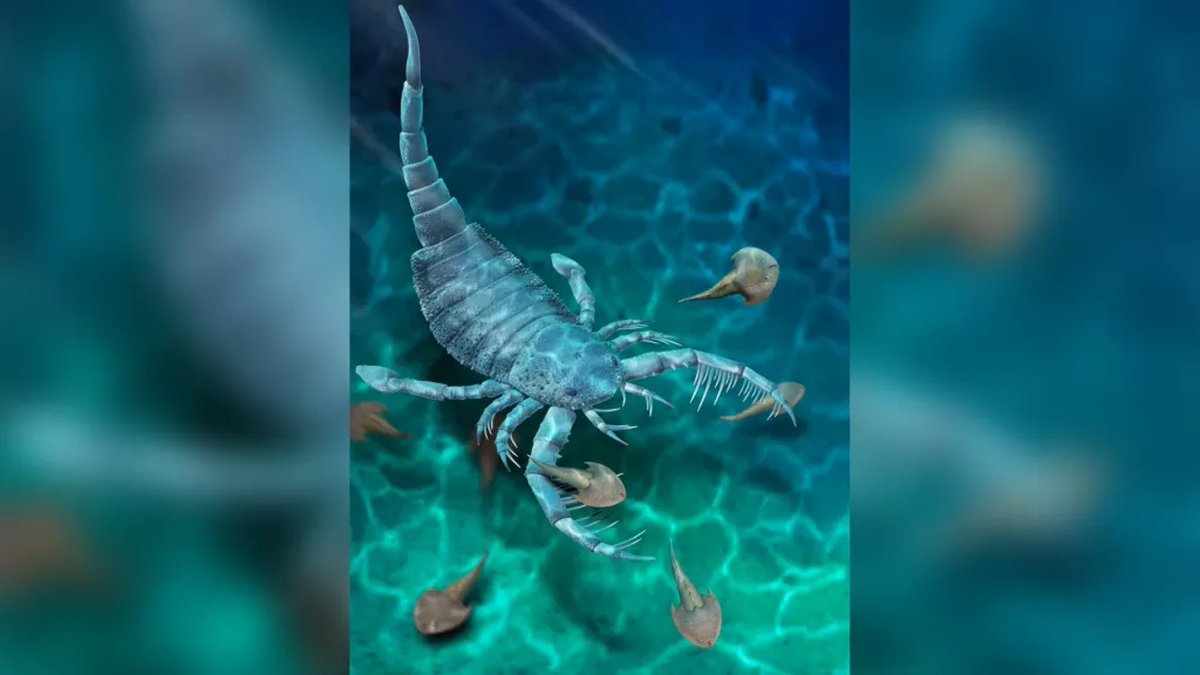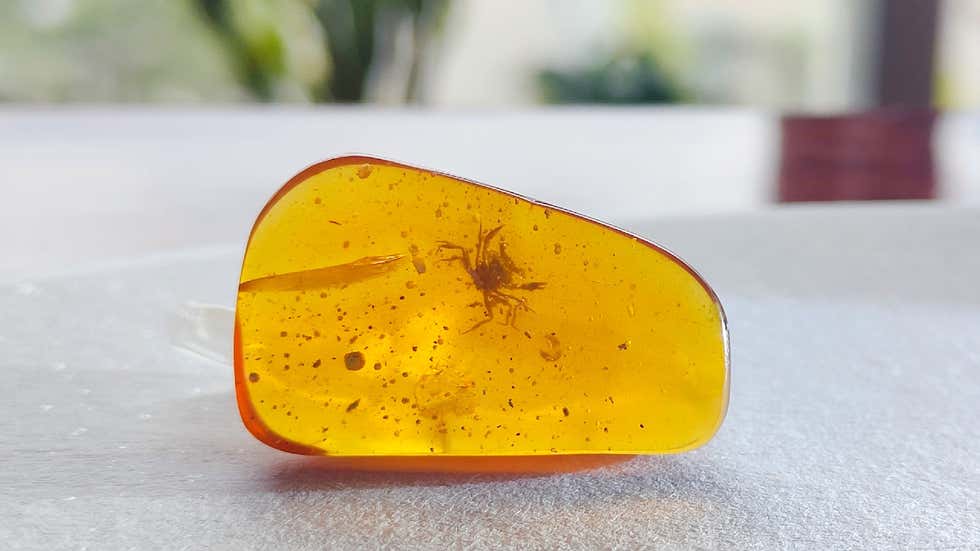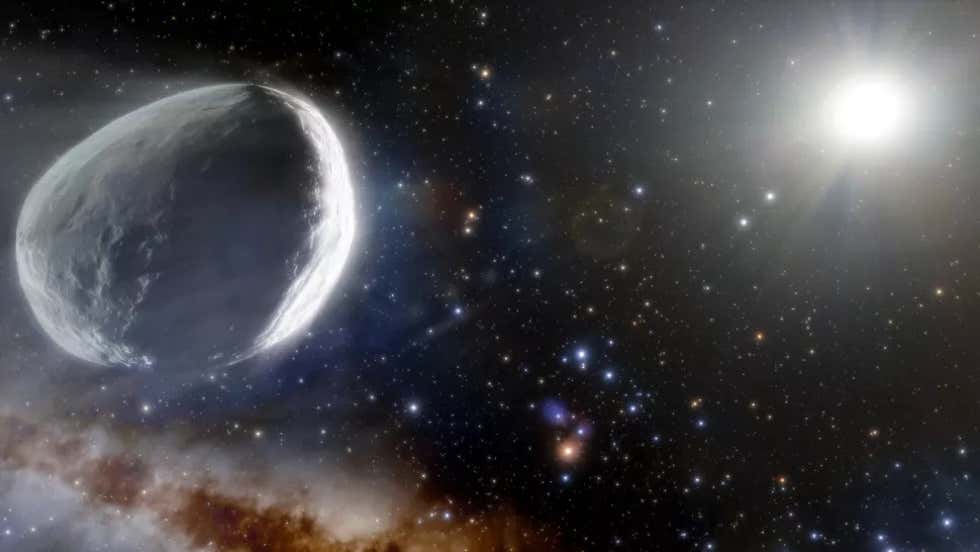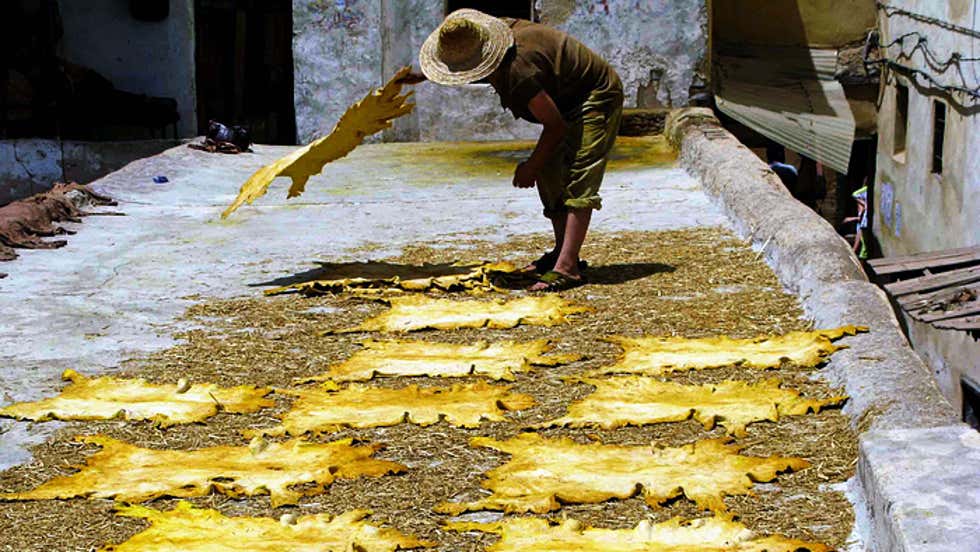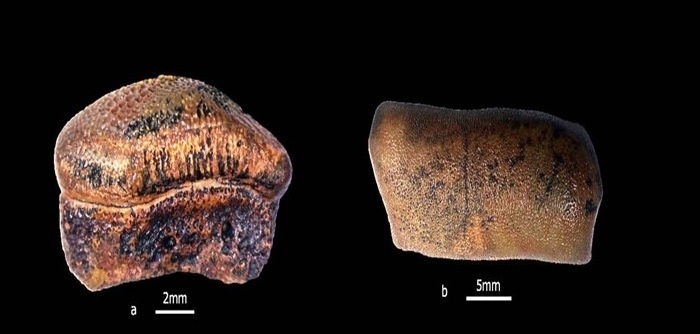
Despite being highly vulnerable to #ClimateChange and featuring among the top five emitters of greenhouse gases, India is unlikely to commit to net-zero emissions at the upcoming #COP26.
Here's why: weather.com/en-IN/india/cl…
📸: Pixabay/IANS
Thread👇
Here's why: weather.com/en-IN/india/cl…
📸: Pixabay/IANS
Thread👇

Being a developing country, India is highly dependent on fossil fuels to run a substantial portion of its economy. The havoc created by the recent shortages in coal stands testimony to this.
Achieving net-zero would mean significant cuts in the use of fossil fuels.
Achieving net-zero would mean significant cuts in the use of fossil fuels.
India is unlikely to follow the much-advocated net-zero plan, but would rather dwell on improvising goals for the transition towards green energy.
Simply put, India is not against the idea of net-zero, but rebuts the timeline of 2050 to achieve this ambitious goal.
Simply put, India is not against the idea of net-zero, but rebuts the timeline of 2050 to achieve this ambitious goal.
India believes in ‘common but differentiated responsibility’ principle, as per which the developed countries must take the first steps to reduce their emissions. They should also compensate the poorer countries by paying for the environmental damage due to their past emissions.
Even with all the measures put in place, it may not be possible for India to achieve net-zero by mid-century. The Council for Energy Environment and Water estimates that India may reach net-zero only by 2070 by scaling solar power capacity to over 5600 GW.
Though India is not trying to meet this landmark deadline, it has laid out several strategies to limit its carbon emissions. Recently, Union Environment Minister Bhupender Yadav highlighted the plans to strengthen climate initiatives and green partnerships
📸: K Sharma/BCCL
📸: K Sharma/BCCL

India is also likely to update its Nationally Determined Contributions (NDC) with enhanced commitments under clean-energy and reduced emissions from specific sectors. The country is expected to make big announcements on its renewable energy pledges to achieve 450 GW by 2030.
India's maiden initiative, the Green Grids Initiative-One Sun One World One Grid, is set for launch at #COP26.
It will interconnect global renewable energy systems from one part of the world to another to reduce dependence on fossil fuels & ramp up clean energy use.
It will interconnect global renewable energy systems from one part of the world to another to reduce dependence on fossil fuels & ramp up clean energy use.
The climate negotiators from India will also discuss finalising the carbon market rules set under the Paris Agreement.
Overall, at #COP26, the Indian delegation will work to complete Paris Agreement implementation guidelines—the mobilisation of climate finance, strengthening climate adaptation, and technology development and transfer.
India is also expected to stress the urgency to prioritise adaptation even at the UNFCCC and discuss whether the scale of resources matches the scale of needs of developing countries.
• • •
Missing some Tweet in this thread? You can try to
force a refresh


